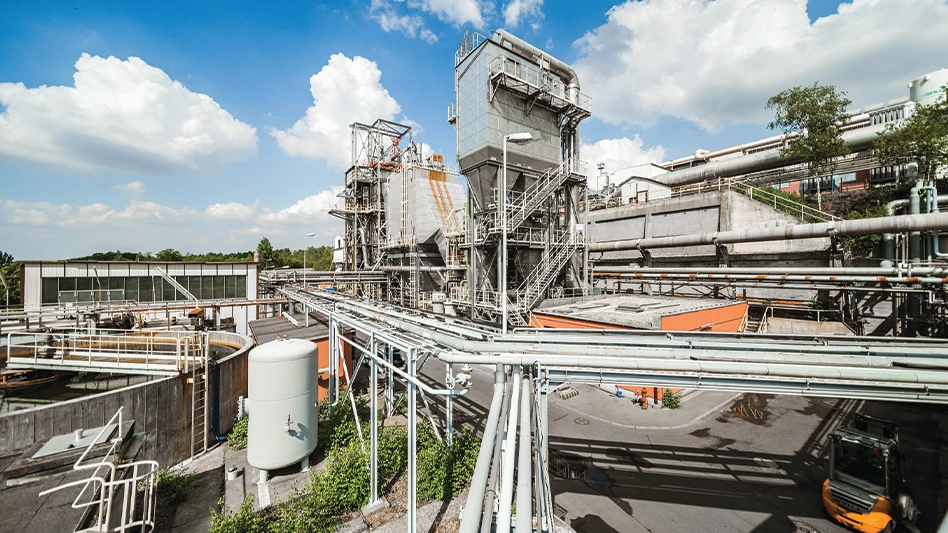The Confederation of European Paper Industries (CEPI) has published an updated version of its Paper for Recycling – Quality control guidelines. The updated guidelines include an annex outlining in more detail the technical measurements required for the paper recycling industry.
According to CEPI, the updated version is the result of sustained industry consultation and is a step towards achieving a harmonized approach on quality control and measurement. The association notes that the annex provides more detailed information on the following:
- Instrumental analysis via automatic sensor Near Infra-Red (NIR)
- Instrumental analysis via automatic microwave sensor
The updated guidelines were first launched in April 2016 with the objective to improve the implementation of the revised EN 643 Standard and to facilitate commercial relationships of paper mills with their recovered fiber suppliers.
 “The inclusion of the annex reflects the trend of paper companies increasingly using technical measurement in their quality control. The focus on quality is crucial for the functioning of secondary raw material markets and makes paper recycling a role model for the circular economy.” says Massimo Medugno, director general of Assocarta, CEPI’s member in Italy.
“The inclusion of the annex reflects the trend of paper companies increasingly using technical measurement in their quality control. The focus on quality is crucial for the functioning of secondary raw material markets and makes paper recycling a role model for the circular economy.” says Massimo Medugno, director general of Assocarta, CEPI’s member in Italy.
The updated guidelines emphasize the inspection procedure for quality control at the paper mill and explain what controllers should consider during an inspection in order to decide if a load should be accepted, conditionally accepted or refused. The control procedure recommended is described in detail and illustrated by what the association calls a decision tree at the end of the document.
The ENS 643 is a basic document to be used in the buying and selling of paper for recycling. The standard, revised in 2014, defines what the different grades of paper for recycling can and cannot contain as well as defining prohibited materials and unwanted materials. It also sets maximum tolerance levels by grade for unwanted materials.
Get curated news on YOUR industry.
Enter your email to receive our newsletters.
Latest from Recycling Today
- ChemFinity raises $7M for critical mineral recovery technology
- Unifi launches A.M.Y. Peppermint, expands Repreve Takeback and ThermaLoop offerings
- Viridor reportedly up for sale
- Clearpoint Recycling adds finance director
- BlueScope cites US downstream write-off in earnings comments
- US Steel explosion kills two
- Sicon EcoShred Wiretec designed to recover metal from ICW
- Cleveland-Cliffs applauds tariffs expansion









